When To Go
The best time for a safari in East Africa (Kenya, Tanzania, Uganda & Rwanda) generally depends on the specific experience you're looking for, but here are the general recommendations:
Dry Season (June to October)
- Best Time for Wildlife Viewing: This is the peak safari season because the dry conditions force animals to gather around water sources, making them easier to spot.
- Great for the Great Migration: In Kenya and Tanzania, this is also when the Great Migration of wildebeest and zebras takes place, particularly in the Serengeti and Maasai Mara, making it a spectacular time for a safari.
- Weather: The weather is typically warm, with clear skies and little rain, though it can get quite hot, especially in lower elevations.
Wet Season (November to May)
- Low Season (Fewer Crowds): Fewer tourists mean more exclusive experiences and sometimes lower prices.
- Short Rains (November to December) and Long Rains (March to May): The short rains are generally lighter and less impactful on safari, but the long rains can make roads less accessible, especially in more remote areas.
- Lush Green Landscapes: The wet season brings vibrant green landscapes and is a great time for birdwatching, as many migratory species arrive in the region.
Ideal Months for Different Experiences
- Great Migration (July to October): If you’re hoping to witness the dramatic river crossings of the Great Migration, the best months are from July to October, particularly in the Maasai Mara (Kenya) and Serengeti (Tanzania).
- Calving Season (January to March): For a quieter and more intimate safari experience, you might want to visit during the calving season (January to March), which is when many animals give birth, providing plenty of opportunities to see newborns and predators in action.
Ultimately, the "best" time depends on your preferences—whether you want the excitement of the Great Migration or a quieter, more serene experience with lush green landscapes.

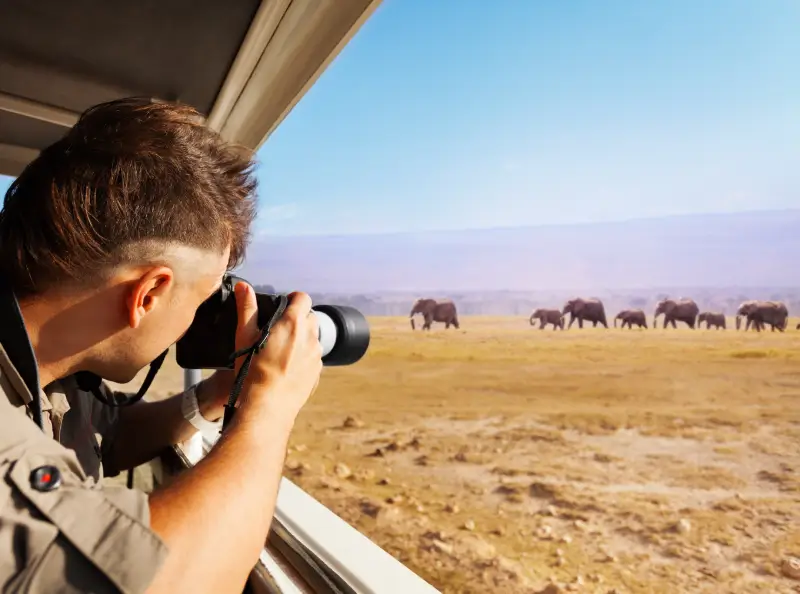
Airport Codes
Airport Codes
Here are the international airport codes for Uganda, Rwanda, Kenya, and Tanzania that are commonly used for safaris:
Uganda:
- Entebbe International Airport (EBB) – This is the main international gateway to Uganda, located near the capital, Kampala. It is the primary airport for travelers going on safaris, especially to places like Bwindi Impenetrable National Park and Queen Elizabeth National Park.
Rwanda:
- Kigali International Airport (KGL) – Located in the capital, Kigali, this is the main entry point for safaris to Volcanoes National Park (for gorilla trekking) and other destinations in Rwanda.
Kenya:
- Jomo Kenyatta International Airport (NBO) – Located in Nairobi, this is Kenya’s primary international airport and the most common entry point for safaris. It serves as a hub for trips to the Maasai Mara, Amboseli, Tsavo, and other iconic Kenyan safari destinations.
- Wilson Airport (WIL) – Also in Nairobi, Wilson Airport primarily handles domestic flights to various safari destinations in Kenya, such as the Maasai Mara, Amboseli, and Samburu.
Tanzania:
- Kilimanjaro International Airport (JRO) – Located near Arusha, Kilimanjaro Airport is the primary entry point for safaris to northern Tanzania, including Serengeti, Ngorongoro Crater, and Tarangire National Park.
- Zanzibar International Airport (ZNZ) – If you're planning to combine a safari with a beach vacation, Zanzibar is a popular destination with an international airport that connects to Dar es Salaam and other major safari hubs.
These airports will be the main points of arrival before you embark on your safari adventures in each country.
Visa Information
Here are the links to obtain visas for Uganda, Rwanda, Kenya, and Tanzania from the United States:
- Uganda:
- Visa Information and Application:
The Uganda e-Visa can be obtained online.
- Rwanda:
- Visa Information and Application:
Rwanda offers an online visa application system for U.S. citizens.
- Kenya:
- Visa Information and Application:
Kenya also offers an e-Visa system for U.S. citizens.
- Tanzania:
- Visa Information and Application:
U.S. citizens can apply for a Tanzania visa either online or upon arrival. For an e-Visa:
Tanzania e-Visa Application
Alternatively, you can apply for a visa at the Tanzanian Embassy in the U.S. Tanzanian Embassy in the U.S.
If you are traveling between Kenya, Rwanda and Uganda you can apply for an East African visa. Unfortunately, Tanzania is not included in this program. The visa is valid for 90 days and is not renewable upon expiry or upon exit from the countries. You can apply when you are applying to the first country in which you will enter.
These are the official sites for each country's visa application. Make sure to apply ahead of time, as processing times can vary. Additionally, it’s always a good idea to double-check the latest entry requirements, as visa policies can change.
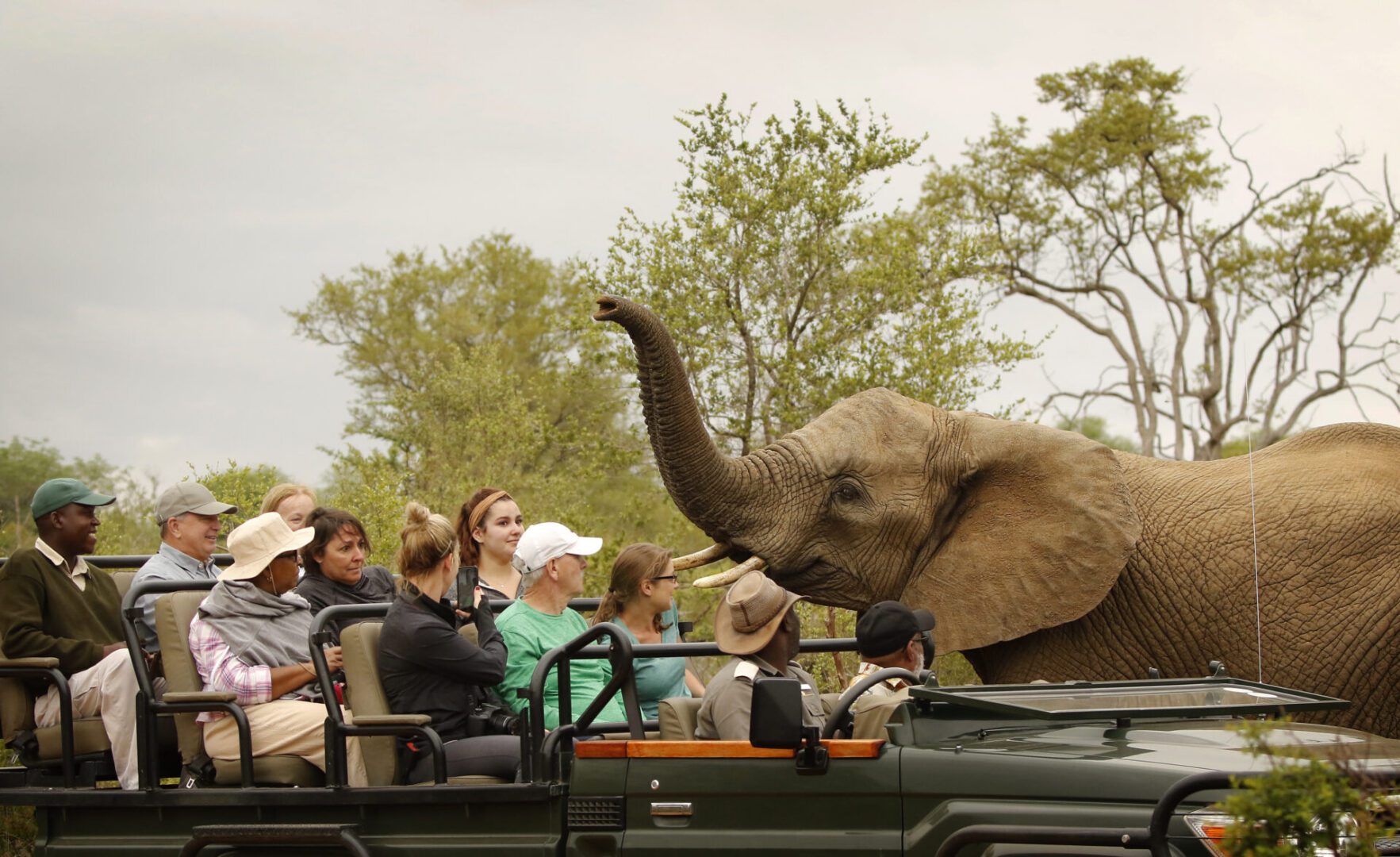
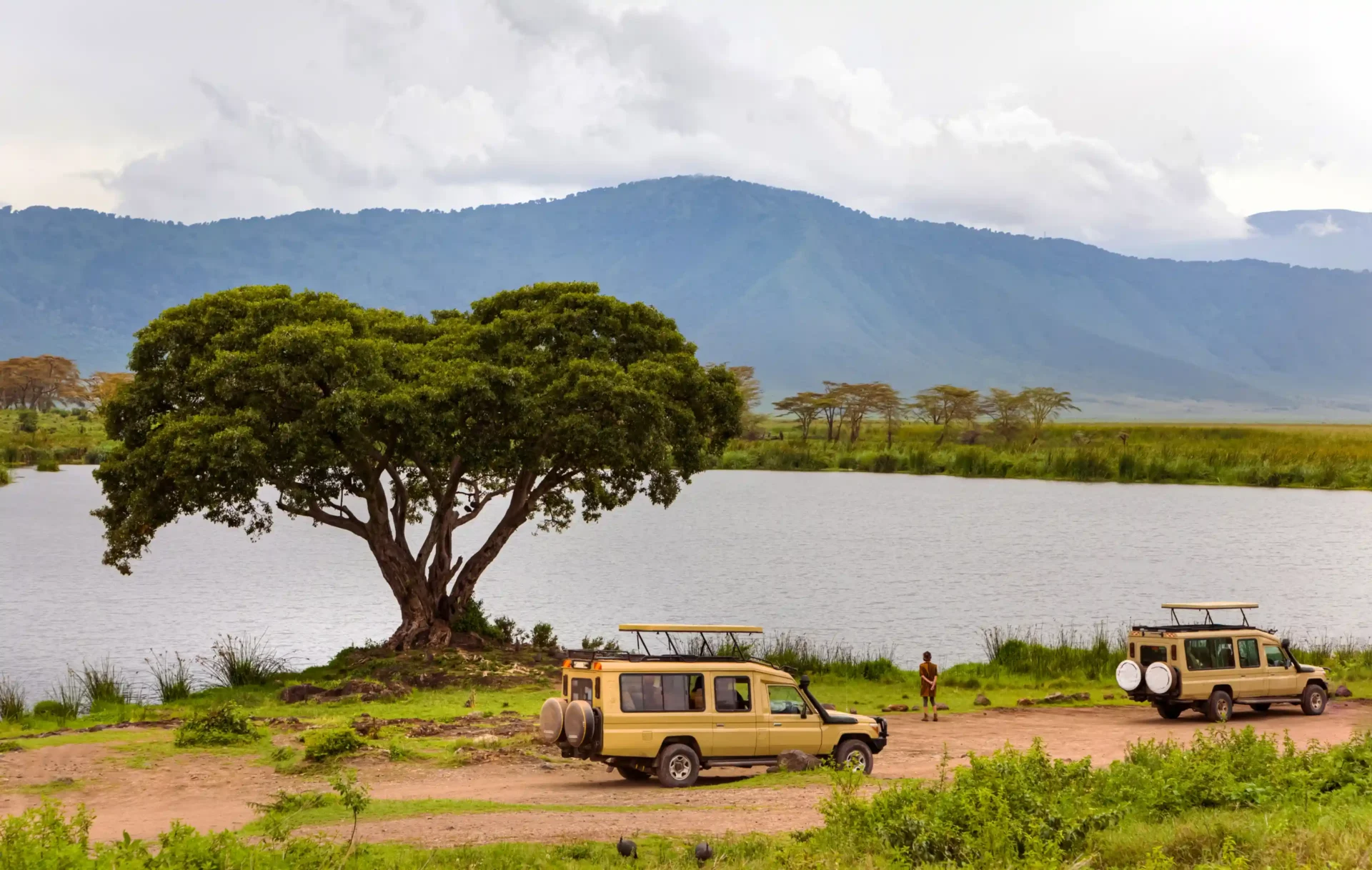
Yellow Fever Vaccination Requirements
- Uganda:
- Requirement: The yellow fever vaccination is required for all travelers arriving from countries with a risk of yellow fever transmission, including travelers from the U.S.
- Documentation: You will need to carry your Yellow Fever Vaccination Certificate as proof of vaccination when entering Uganda.
- Additional Information: The vaccine should be administered at least 10 days before travel to be valid.
- Rwanda:
- Requirement: A yellow fever vaccination is required for all travelers aged 9 months or older arriving from countries with a risk of yellow fever transmission, including travelers from the U.S.
- Documentation: You must present your Yellow Fever Vaccination Certificate at entry.
- Additional Information: The vaccine should be given at least 10 days before your departure.
- Kenya:
- Requirement: A yellow fever vaccination is required for travelers coming from countries with a risk of yellow fever transmission, including the U.S.
- Documentation: You’ll need to provide a valid Yellow Fever Vaccination Certificate upon arrival in Kenya.
- Additional Information: The vaccine should be administered at least 10 days before your departure.
- Tanzania:
- Requirement: Yellow fever vaccination is required for travelers coming from countries with a risk of yellow fever transmission, including travelers from the U.S.
- Documentation: You must carry and show your Yellow Fever Vaccination Certificate upon entering Tanzania.
- Additional Information: Make sure to get vaccinated at least 10 days before travel to ensure it is effective.
General Tips Regarding Yellow Fever Vaccination:
- The Yellow Fever Vaccine is a one-time shot for most people, and the certificate is valid for life, but it’s important to check specific country requirements, as some may have different guidelines for revaccination.
- Some airlines and border officials might ask for proof of vaccination if you're traveling between countries where yellow fever is present, even if you aren’t directly entering that country from a risk area.
- This is a link to the CDC site where you can see which countries have a risk for yellow fever.
Important Reminder:
- Consult a Travel Physician/Travel Clinic: Before you travel, it's highly recommended to visit a travel physician or travel clinic at least 4 to 6 weeks before your trip. A healthcare professional specializing in travel medicine can:
- Ensure you receive all necessary vaccinations (including Yellow Fever, Typhoid, Hepatitis A/B, etc.).
- Advise you on anti-malaria medications (important for East Africa, especially for Tanzania, Uganda, and Kenya).
- Provide tailored advice based on your specific health needs and travel plans.
A visit to a travel physician ensures you're fully prepared for health risks that may be unique to your safari destinations, giving you peace of mind and keeping your trip enjoyable.
Where to Find Travel Clinics in the U.S.:
- CDC’s Travel Health Provider Directory: Find a Travel Health Provider
- You can also visit the American Society of Tropical Medicine and Hygiene (ASTMH) website to find certified travel clinics: ASTMH Travel Clinics
It's always best to consult with a healthcare provider well before your trip to ensure that you meet all the requirements and are prepared for your safari adventure!
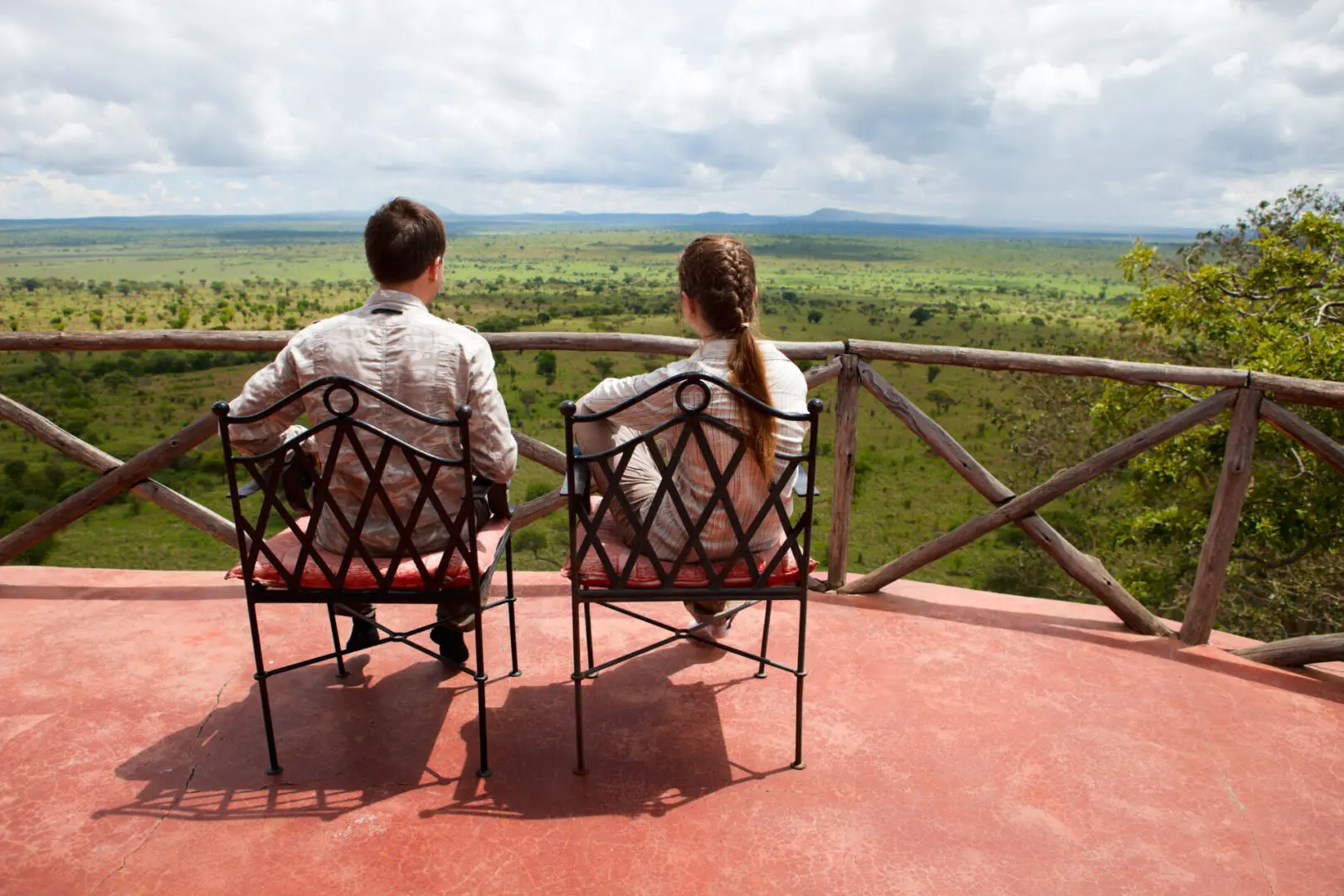
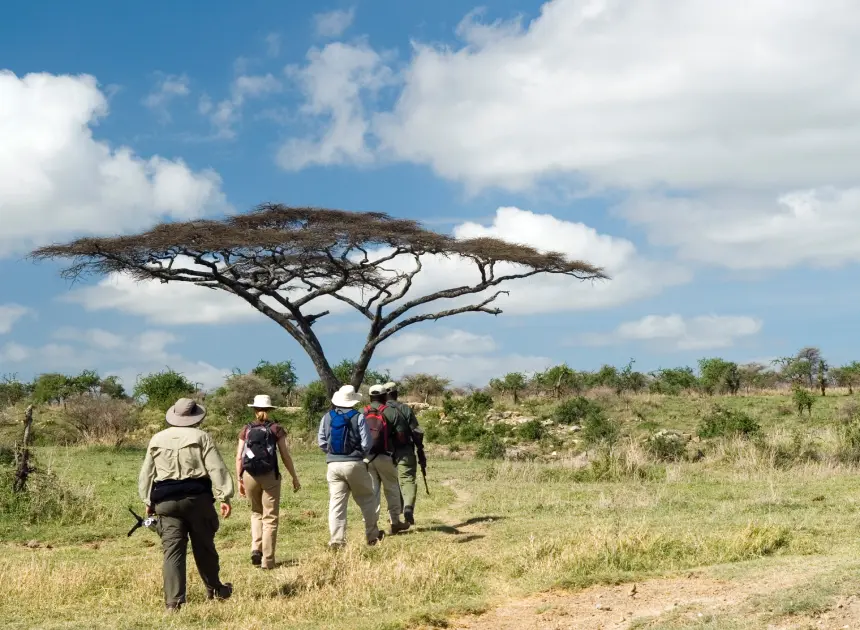
Tipping
Guides and drivers $15-$20/ person/day
Hotel staff $10/person/day; generally speaking, this is a tip box at reception so tips can be split between all the staff at the lodge.
I have been unable to come to East Africa with local currency. You can go to an ATM once you arrive or bring clean US currency with no rips. US currency is widely accepted in East Africa. However, it is always optimal to pay in local currency.
I usually go to the bank and bring $2.00 bills with me. The reason, I bring $2.00 instead of $1.00 bills, the $2.00 are not circulated as frequently and are usually in perfect shape. If you tip with damaged bills, they will be unable to exchange them at their bank for local currency making them worthless. I tip porters and housekeeping a little extra in addition to what I leave in the central tip box.
There are NO ATMs once you enter the national parks and in many cases for hours before you enter the national parks. You also cannot assume that lodges will accept credit cards and you cannot add tips onto your credit card so it is essential to have cash. In addition, you may want to have your driver stop for souvenirs and these will in most cases need to be paid with cash.
